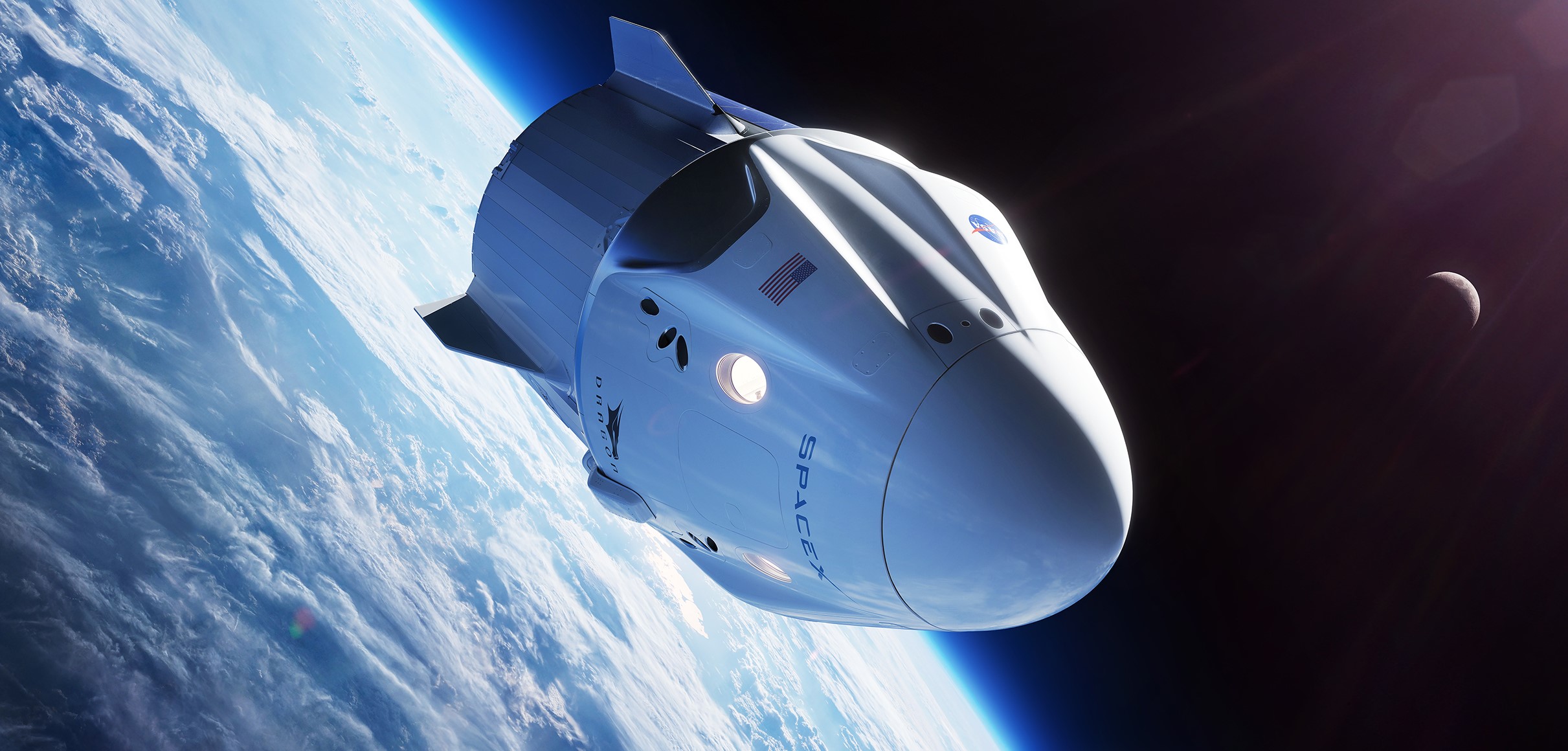
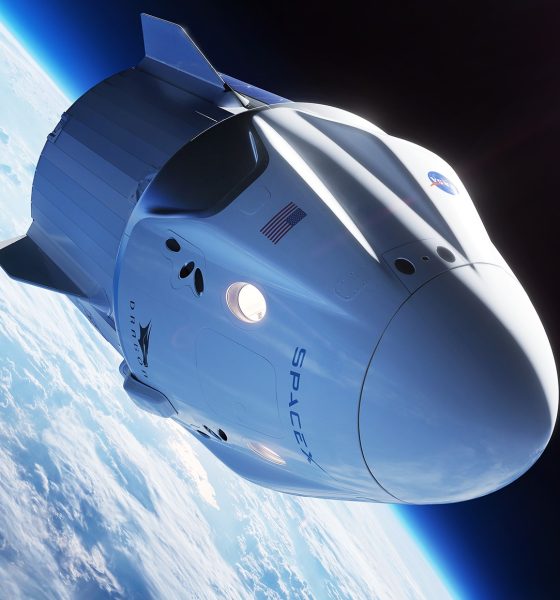
News
SpaceX looks to launch space tourists to record heights
SpaceX has signed an agreement with a space tourism company that could see its Crew Dragon spacecraft take space tourists to heights unmatched by astronauts in half a century.
On Tuesday, February 18th, Space Adventures announced the agreement, revealing that it is now officially looking for wealthy private customers interested in launching to orbit on a SpaceX rocket and spacecraft. Known as Crew Dragon, that spacecraft is perhaps just two or three months away from SpaceX’s inaugural astronaut launch, in which two NASA astronauts will be sent into orbit to rendezvous and dock with the International Space Station (ISS) before returning to Earth after several weeks or months in space.
Founded in 1998, while Space Adventures has a slightly checkered past and has been more or less inactive for more than a decade, the company did manage to arrange eight separate spaceflights for seven private customers between 2001 and 2009. All flights previously arranged were done so through Russian space agency Roscosmos with Soyuz rockets and spacecraft and involved approximately week-long visits to the International Space Station (ISS), where the private astronauts – all multimillionaires and billionaires – mainly observed routine ISS operations and assisted with science experiments. With SpaceX’s Falcon 9 and Crew Dragon, Space Adventures hopes to soon offer orbital tourists an option that keeps all operations in the United States.
As noted, it must be stated that the February 18th agreement doesn’t actually mean that private customers will definitively launch into orbit in SpaceX’s Crew Dragon spacecraft. Instead, it serves as a semi-contractual confirmation that the spaceflight company is officially willing and ready to support such a mission in the event that Space Adventures is able to secure enough customers to purchase the necessary launch services. While not out of the question, that will be no easy feat.
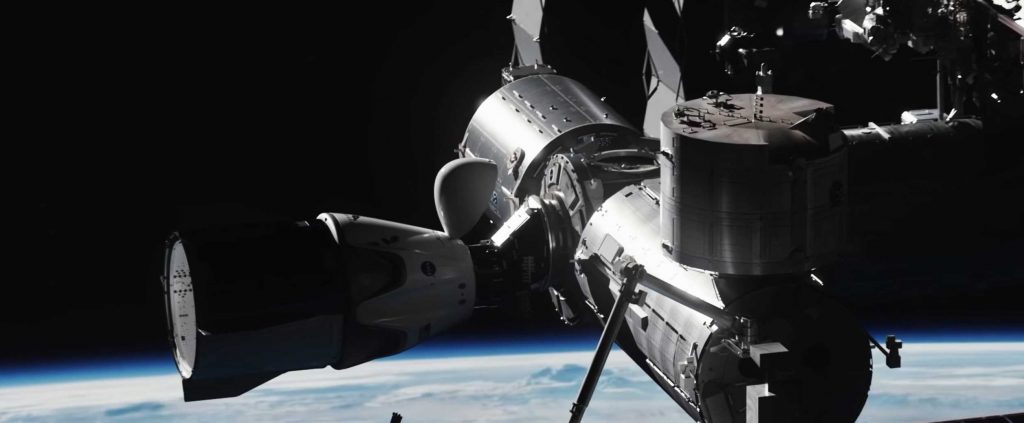
Thankfully, several aspects of this new agreement should work in SpaceX and Space Adventures’ favor. As a unique ‘free-flying’ mission, Crew Dragon and its space tourists would not actually rendezvous with the ISS – instead serving as its own miniature outpost in Low Earth Orbit (LEO) for several days. Relative to SA’s past tourist flights to the ISS, this will save a large portion of the time and cost associated with both training civilians for spaceflight and ISS operations and working with NASA and Roscosmos to arrange the complex mission.
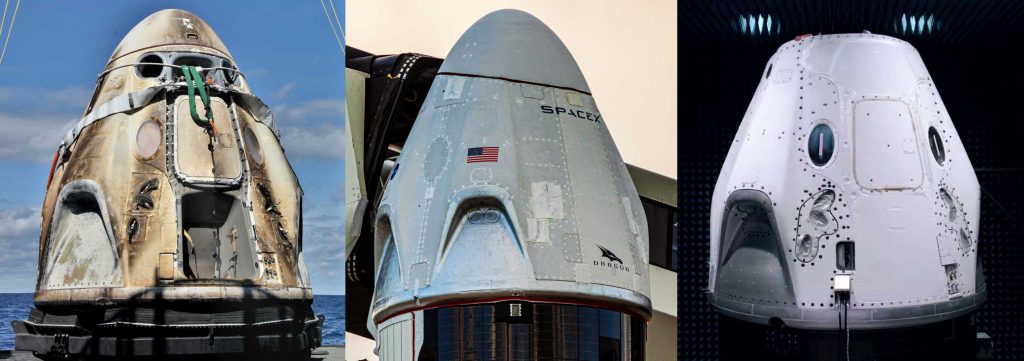
Aside from simplifying the training and bureaucracy involved in orbital tourism, the fact that Space Adventures’ newest proposal will have no affiliation or involvement with NASA or Roscosmos also means that there’s nothing preventing SpaceX from using a flight-proven Falcon 9 booster and Crew Dragon capsule on its space tourist launch. By combining flight-proven hardware with a space station-free mission profile, SpaceX could theoretically cut the overall flight’s cost by tens or even hundreds of millions of dollars.
According to public analyses performed over the last few years by auditors and researchers, SpaceX Crew Dragon launches will likely cost NASA around $400 million each, while a comparable Boeing Starliner mission will cost the space agency at least $650 million. The SpaceX figure is, however, predicated upon the production of a brand new Falcon 9 rocket and Crew Dragon spacecraft for each launch and includes costs associated with any processing or operations involving NASA teams and facilities.
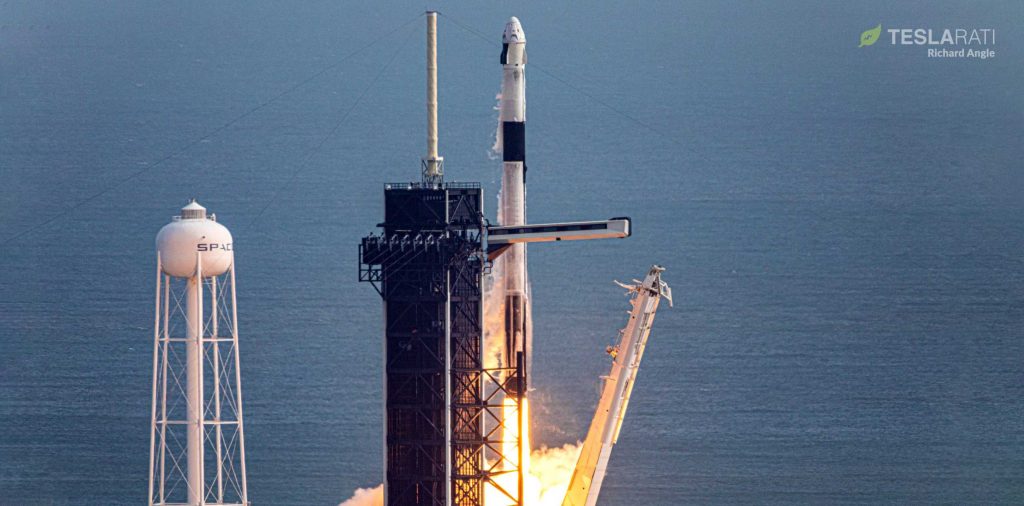
As noted above, the use of a thoroughly flight-proven Falcon 9 booster and Crew Dragon capsule could dramatically cut the cost of private astronaut launches relative to the NASA baseline. It’s conceivable that – having effectively amortized the cost of the spacecraft and booster with a NASA astronaut launch – such a private mission’s price could be little more than the cost of building a new Falcon upper stage and Crew Dragon trunk, as well as booster/capsule refurbishment and general operations. Conservatively, the ultimate price SpaceX offers or offered Space Adventures could thus be as low as $100-200 million per launch.
Space Adventures says it could support as many as four space tourists on one flight, translating to a cost of $25-50 million per person if all seats are filled. This would compare reasonably well with the $20-50 million it typically charged its seven orbital tourism customers. That is still a vast sum of money and cuts the pool of potential customers to perhaps a few tens of thousands of people worldwide. Nevertheless, Google co-founder Sergey Brin (and possibly others) is on a sort of waiting list (requiring a $5 million deposit) for future orbital Space Adventures flights, giving the company at least one strong prospective customer.
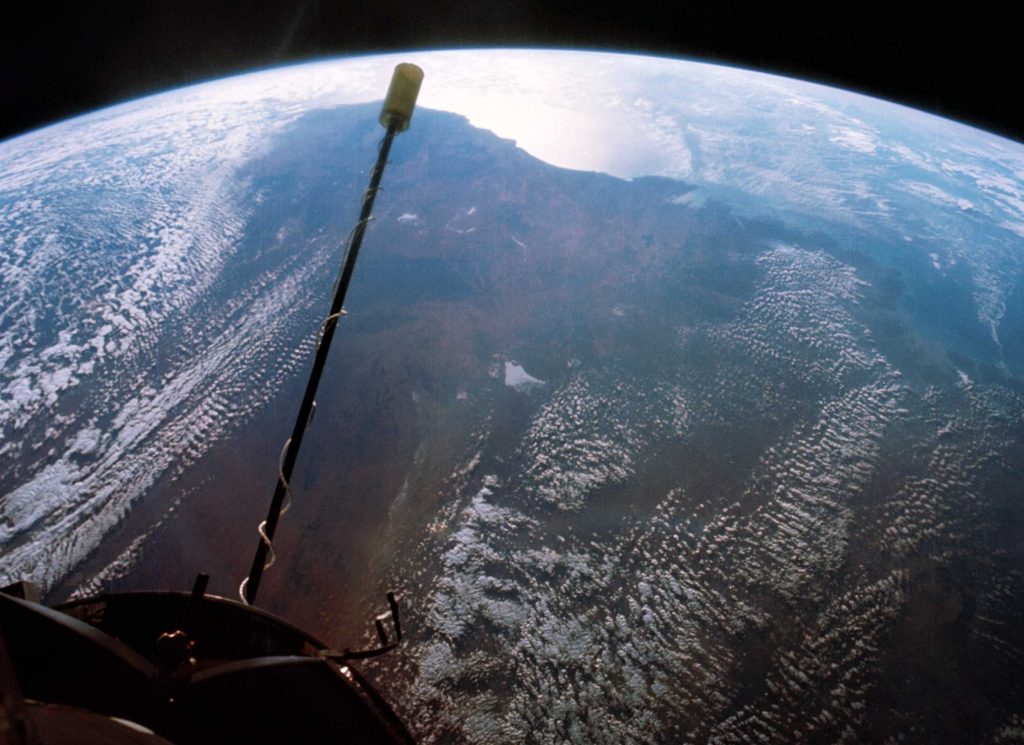
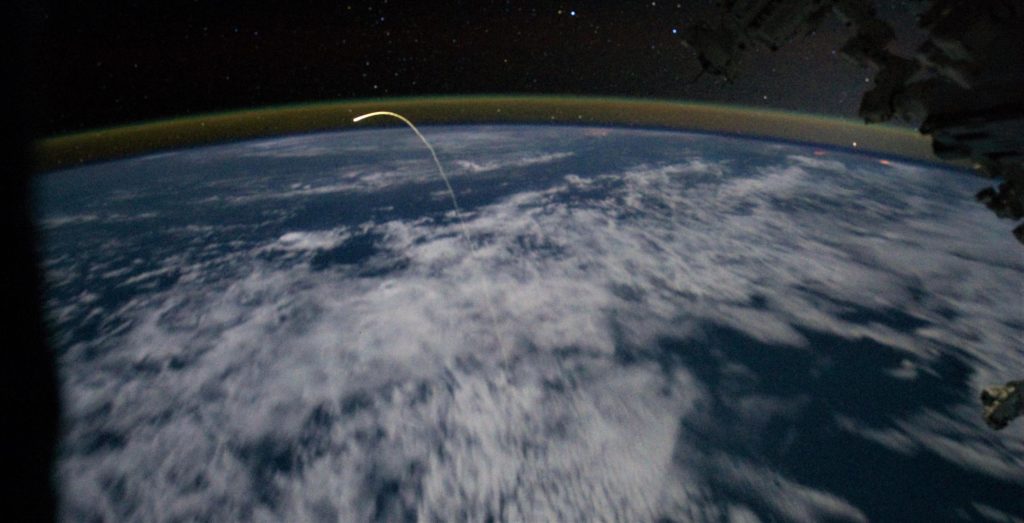
Thanks to skipping a space station rendezvous, perhaps the single biggest selling point of the mission is that Falcon 9 and Crew Dragon could potentially send space tourists higher than ever before – to an altitude only certain NASA Apollo and Gemini astronauts can claim to have surpassed. Space Adventures specifically notes this on its website, stating that prospective space tourists could reach an altitude that only Gemini 11 astronauts have surpassed while remaining in Earth orbit.
Gemini 11 astronauts reached an of apogee around 850 miles (1350 km) while still in Earth orbit – a record that stands today. Neither Space Adventures or SpaceX have specifically stated how high an unmodified Falcon 9 and Crew Dragon to launch private astronauts, but the implication is that the view would be comparable to – or even better than – what the Gemini 11 crew saw back in 1966. Regardless, it’s safe to say that if SpaceX and Space Adventures’ new space tourism effort is greeted with healthy demand, we’ll be shortly entering a new era of private spaceflight. Crew Dragon’s first private astronaut mission is tentatively scheduled to launch as early as late-2021 or early-2022.
Check out Teslarati’s Marketplace! We offer Tesla accessories, including for the Tesla Cybertruck and Tesla Model 3.

News
Tesla dispels reports of ‘sales suspension’ in California
“This was a “consumer protection” order about the use of the term “Autopilot” in a case where not one single customer came forward to say there’s a problem.
Sales in California will continue uninterrupted.”

Tesla has dispelled reports that it is facing a thirty-day sales suspension in California after the state’s Department of Motor Vehicles (DMV) issued a penalty to the company after a judge ruled it “misled consumers about its driver-assistance technology.”
On Tuesday, Bloomberg reported that the California DMV was planning to adopt the penalty but decided to put it on ice for ninety days, giving Tesla an opportunity to “come into compliance.”
Tesla enters interesting situation with Full Self-Driving in California
Tesla responded to the report on Tuesday evening, after it came out, stating that this was a “consumer protection” order that was brought up over its use of the term “Autopilot.”
The company said “not one single customer came forward to say there’s a problem,” yet a judge and the DMV determined it was, so they want to apply the penalty if Tesla doesn’t oblige.
However, Tesla said that its sales operations in California “will continue uninterrupted.”
It confirmed this in an X post on Tuesday night:
This was a “consumer protection” order about the use of the term “Autopilot” in a case where not one single customer came forward to say there’s a problem.
Sales in California will continue uninterrupted.
— Tesla North America (@tesla_na) December 17, 2025
The report and the decision by the DMV and Judge involved sparked outrage from the Tesla community, who stated that it should do its best to get out of California.
One X post said California “didn’t deserve” what Tesla had done for it in terms of employment, engineering, and innovation.
Tesla has used Autopilot and Full Self-Driving for years, but it did add the term “(Supervised)” to the end of the FSD suite earlier this year, potentially aiming to protect itself from instances like this one.
This is the first primary dispute over the terminology of Full Self-Driving, but it has undergone some scrutiny at the federal level, as some government officials have claimed the suite has “deceptive” naming. Previous Transportation Secretary Pete Buttigieg was vocally critical of the use of the name “Full Self-Driving,” as well as “Autopilot.”
News
New EV tax credit rule could impact many EV buyers
We confirmed with a Tesla Sales Advisor that any current orders that have the $7,500 tax credit applied to them must be completed by December 31, meaning delivery must take place by that date. However, it is unclear at this point whether someone could still claim the credit when filing their tax returns for 2025 as long as the order reflects an order date before September 30.
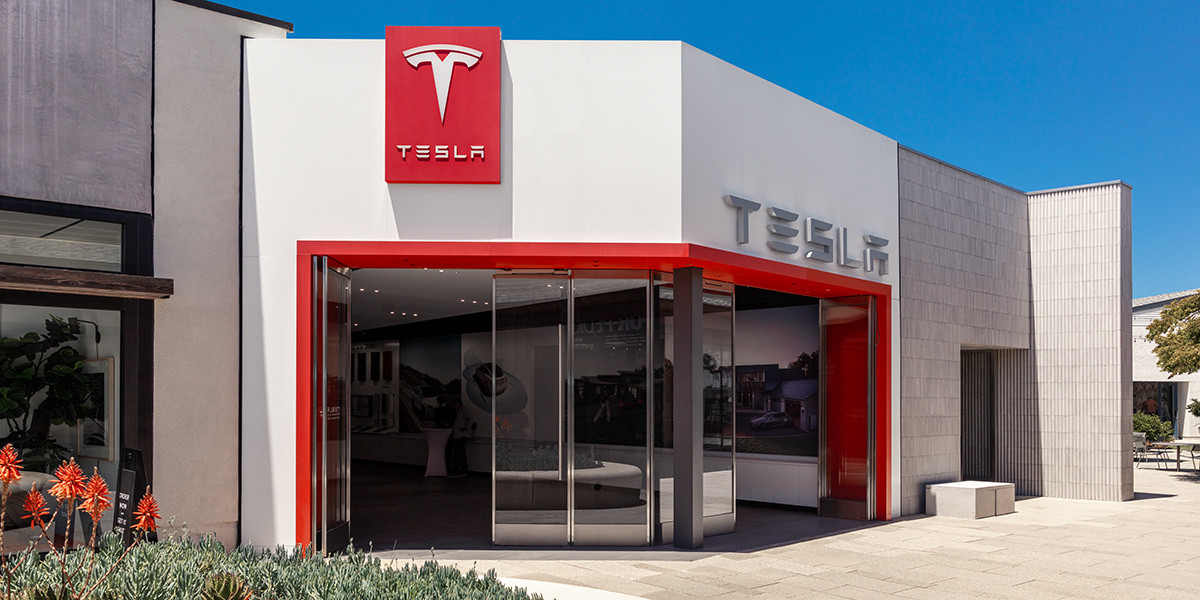
Tesla owners could be impacted by a new EV tax credit rule, which seems to be a new hoop to jump through for those who benefited from the “extension,” which allowed orderers to take delivery after the loss of the $7,500 discount.
After the Trump Administration initiated the phase-out of the $7,500 EV tax credit, many were happy to see the rules had been changed slightly, as deliveries could occur after the September 30 cutoff as long as orders were placed before the end of that month.
However, there appears to be a new threshold that EV buyers will have to go through, and it will impact their ability to get the credit, at least at the Point of Sale, for now.
Delivery must be completed by the end of the year, and buyers must take possession of the car by December 31, 2025, or they will lose the tax credit. The U.S. government will be closing the tax credit portal, which allows people to claim the credit at the Point of Sale.
🚨UPDATE: $7,500 Tax Credit Portal “Closes By End of Year”.
This is bad news for pending Tesla buyers (MYP) looking to lock in the $7,500 Tax Credit.
“it looks like the portal closes by end of the year so there be no way for us to guarantee the funds however, we will try our… pic.twitter.com/LnWiaXL30k
— DennisCW | wen my L (@DennisCW_) December 15, 2025
We confirmed with a Tesla Sales Advisor that any current orders that have the $7,500 tax credit applied to them must be completed by December 31, meaning delivery must take place by that date.
However, it is unclear at this point whether someone could still claim the credit when filing their tax returns for 2025 as long as the order reflects an order date before September 30.
If not, the order can still go through, but the buyer will not be able to claim the tax credit, meaning they will pay full price for the vehicle.
This puts some buyers in a strange limbo, especially if they placed an order for the Model Y Performance. Some deliveries have already taken place, and some are scheduled before the end of the month, but many others are not expecting deliveries until January.
Elon Musk
Elon Musk takes latest barb at Bill Gates over Tesla short position
Bill Gates placed a massive short bet against Tesla of ~1% of our total shares, which might have cost him over $10B by now
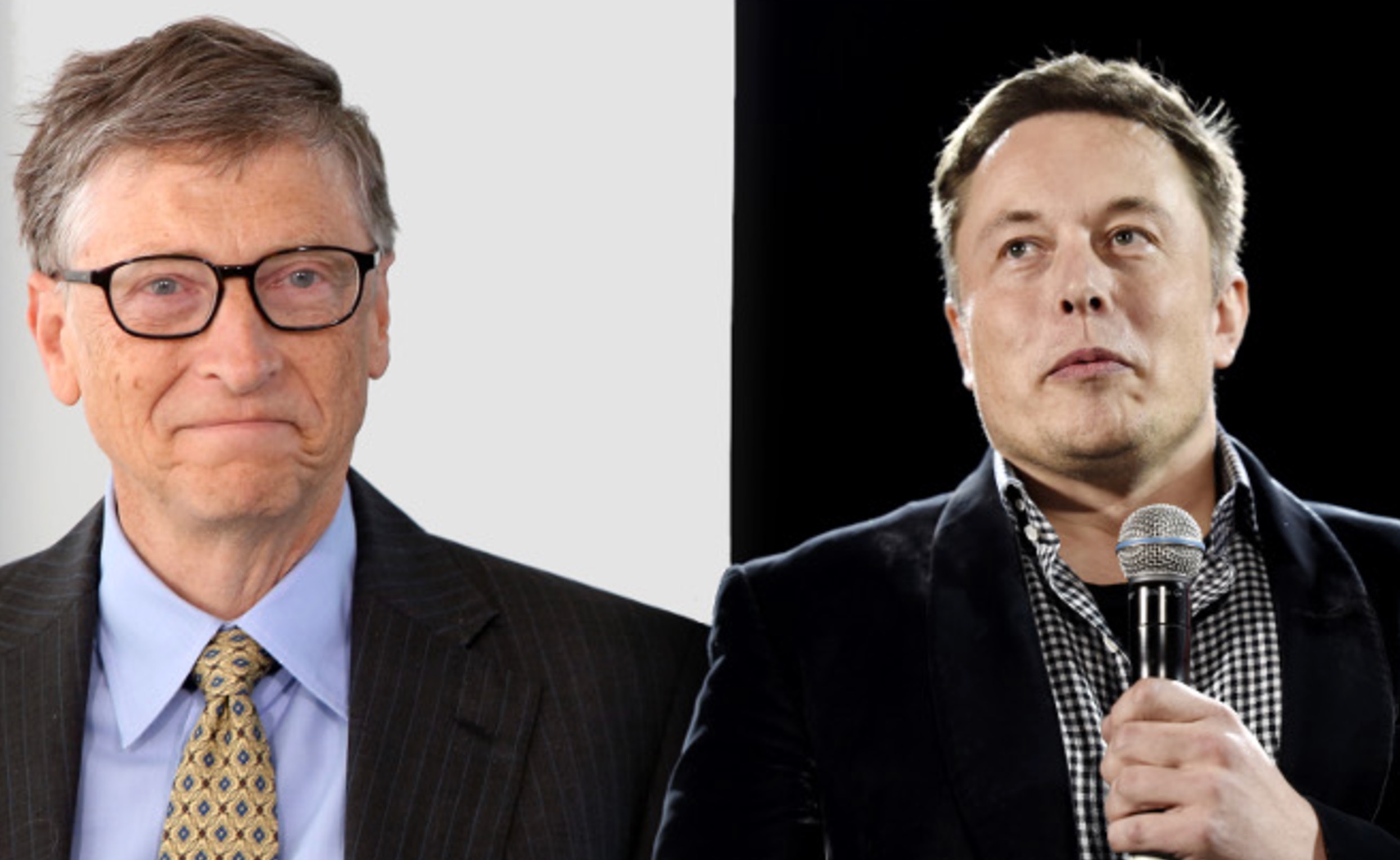
Elon Musk took his latest barb at former Microsoft CEO Bill Gates over his short position against the company, which the two have had some tensions over for a number of years.
Gates admitted to Musk several years ago through a text message that he still held a short position against his sustainable car and energy company. Ironically, Gates had contacted Musk to explore philanthropic opportunities.
Elon Musk explains Bill Gates beef: He ‘placed a massive bet on Tesla dying’
Musk said he could not take the request seriously, especially as Gates was hoping to make money on the downfall of the one company taking EVs seriously.
The Tesla frontman has continued to take shots at Gates over the years from time to time, but the latest comment came as Musk’s net worth swelled to over $600 billion. He became the first person ever to reach that threshold earlier this week, when Tesla shares increased due to Robotaxi testing without any occupants.
Musk refreshed everyone’s memory with the recent post, stating that if Gates still has his short position against Tesla, he would have lost over $10 billion by now:
Bill Gates placed a massive short bet against Tesla of ~1% of our total shares, which might have cost him over $10B by now
— Elon Musk (@elonmusk) December 17, 2025
Just a month ago, in mid-November, Musk issued his final warning to Gates over the short position, speculating whether the former Microsoft frontman had still held the bet against Tesla.
“If Gates hasn’t fully closed out the crazy short position he has held against Tesla for ~8 years, he had better do so soon,” Musk said. This came in response to The Gates Foundation dumping 65 percent of its Microsoft position.
Tesla CEO Elon Musk sends final warning to Bill Gates over short position
Musk’s involvement in the U.S. government also drew criticism from Gates, as he said that the reductions proposed by DOGE against U.S.A.I.D. were “stunning” and could cause “millions of additional deaths of kids.”
“Gates is a huge liar,” Musk responded.
It is not known whether Gates still holds his Tesla short position.








